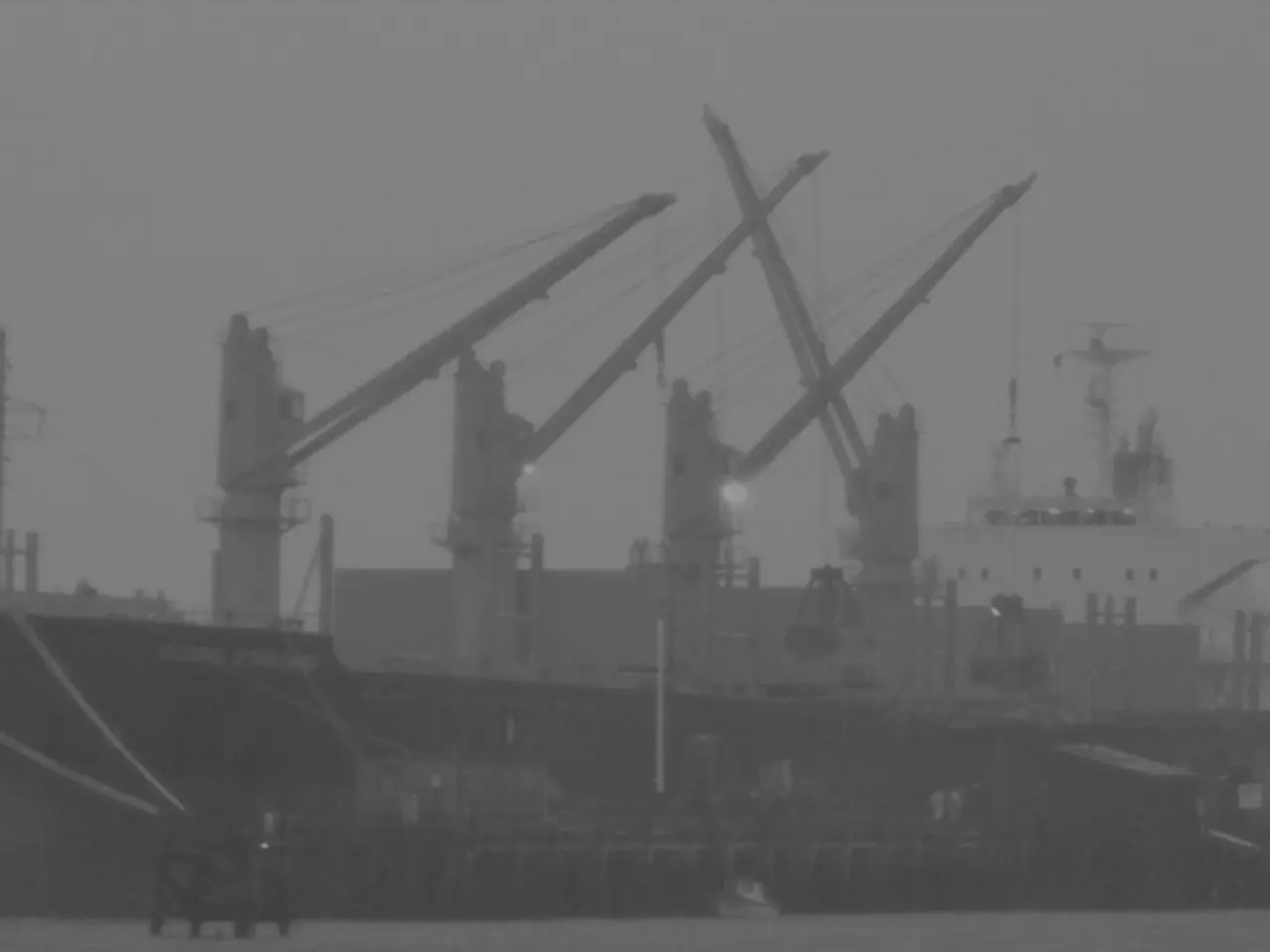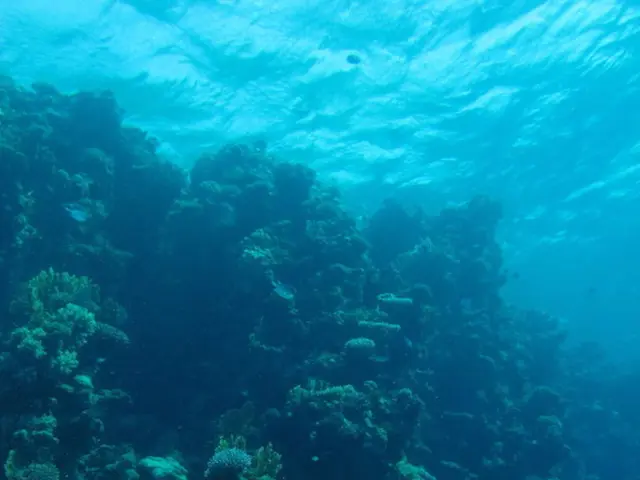China's 'Polar Silk Road' Opens With First China-Europe Arctic Express Container Route
A significant milestone in China's 'Polar Silk Road' initiative has been reached as the container ship Istanbul Bridge navigates the Northern Sea Route, cutting journey times by half compared to traditional routes. This voyage marks the official opening of the world's first China-Europe Arctic Express container route.
The Istanbul Bridge, a Chinese-flagged vessel, embarked on its journey in autumn 2021, heading north under the name 'China-Europe Arctic Express'. The Northern Sea Route, which runs along Russia's northern coast, offers a more direct path to Europe, potentially reducing travel time and fuel consumption. This development is a boon for China's strategic interests, as it could provide a faster and cheaper alternative to the Suez Canal or Panama Canal routes.
However, the Arctic's harsh environment and the potential for environmental disasters pose significant challenges. Heavy fuel oil, commonly used by ships like the Istanbul Bridge, can have severe consequences in case of spills, accelerating ice melt and damaging marine life. Increased ship traffic also raises the risk of whale strikes. Furthermore, the Arctic's icy landscape is transforming faster than expected due to climate change, with the region warming around four times the rate of the rest of the world.
The Istanbul Bridge's voyage is a major breakthrough, opening up new possibilities for trade between China and Europe. However, it also underscores the need for careful management of the Arctic's fragile environment. As the Northern Sea Route becomes more accessible due to melting sea ice, it is crucial to balance the economic and geopolitical benefits with the potential risks to human lives and the marine ecosystem.






